
Do Pixels Have Soul: Is AI‑Generated Art Just a Remixing or True Act of Creation?
30 September 2025 - Reading time: 13 minutes
Pixels, Passion, and Purpose: The Controversy Over Machine-Made Masterpieces
Imagine scrolling through your favourite feed and stumbling on an image that looks as if it is born from a dream, a swirl of colour that seems to breathe. Your first instinct is often the same as mine: “Wow! That’s… true art!” Yet, beneath every digital brushstroke lies a question that has become louder and louder: Can something created by AI be called art?
As someone proficient with technology, I understand that the AI was trained on thousands of photographs, paintings, and even satellite images. All done by an algorithm. So how could something produced by a machine without intention or emotion or soul be called art?
Today, the answer is no longer a simple yes or no. It has become an ongoing conversation that cuts across museums, studios, cafés, and social media. We have a true flood of AI-generated content - images, music, poems, even entire short films. AI has turned everyone into some sort of “creator”. This is the moment when the famous phrase from “Ratatouille” pops up in my head: “Everyone can cook, but not necessarily everyone should”. This is perfectly applicable to AI-generated content. Yes, these days we can ”create” images or music, literally, with one click. But can we call it a truly creative process? And could we take the liberty to call the outcome “Art”? Let’s discuss this topic together!
Brush, Bot, or Both? Redefining Art in a Digital Age
Art has always been a mirror of human experience. From the ochre-stained walls of Chauvet Cave to the neon graffiti of modern streets, every piece reflects the feelings, ideas, and contexts of its creator. A common definition that scholars and artists alike gravitate toward is, more or less: art is an expression of imagination, skill, or emotion that evokes a response in the observer.
Note that this definition does not hinge on the medium. Stone, canvas, glass, pixels - all can carry beauty, meaning, and emotions. The same holds for tools: from chisels to brushes, then laser cutters and now neural networks. What has also changed is the relationship between creator and medium. In the past, a painter had to translate emotion into pigment. In the present, an artist may feed a prompt into an LLM model that then renders an image that might (or might not) align with the artist’s intention.
Consider this: a child drawing with crayons is arguably producing art even if the result is “messy.” The crayon is merely a tool. Likewise, a smartphone camera is just another instrument in the artistic toolkit - one that democratises access to photography but does not automatically guarantee aesthetic value. Thus, AI too can be viewed as an advanced tool: one that extends our reach and offers new possibilities in return.
Another example: imagine a composer who writes a symphony for an orchestra and then hands it over to a robot to perform. The music remains their creation; the performance becomes a collaboration with technology. Once again: AI is a tool that extends our expressive range rather than a rival to human creativity.
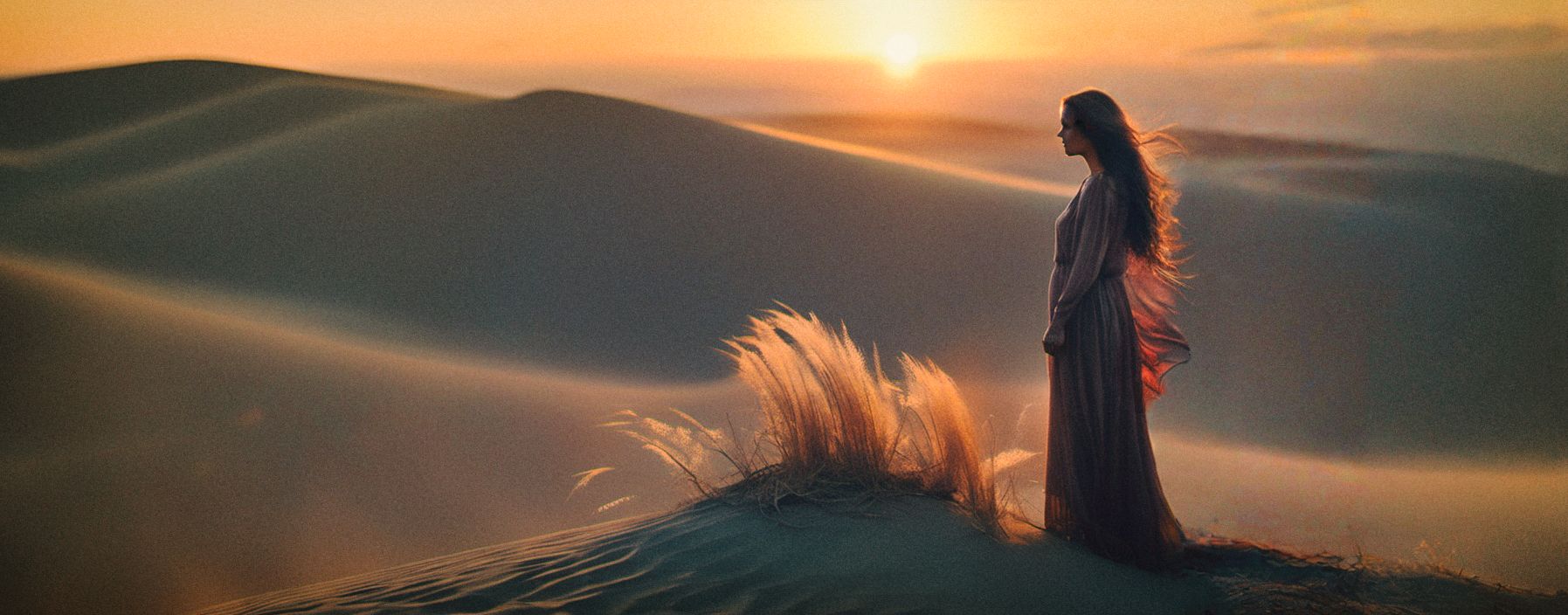
© Aleksander Gorkowienko 2025
The Soul Debate: Does Intent Matter?
The phrase “it has no soul” is a shorthand for a much deeper scepticism: If a machine cannot feel, how can its output carry the essence of art? This objection rests on a particular “accepted model” of the human soul - its capacity for intention, suffering, and self-reflection. We blindly accept that music, an oil painting, or a photograph can “possess soul” because it’s made by a [soul-carrying] creative human. But is it true? The “soul” of any art lies in its ability to stir emotions, provoke thought, or inspire action. It's about the experience it creates!
Artists and technologists alike have argued that intent is mediated by human agency. When a prompt engineer writes: “paint me a melancholic forest at dusk,” they are infusing the request with intention. The AI merely translates that intent into pixels, guided by patterns learned from millions of images. In this sense, the machine is an extension of the artist’s imagination, not its replacement.
Take, for example, the work of Refik Anadol. His installation “Artificial Realities” uses machine learning to transform vast datasets of coral images into immersive visual experiences that raise awareness about climate change. Anadol himself does not claim to have authored every detail; he curates data, designs parameters, and interprets outputs. The soul of the piece is still rooted in his vision for environmental activism, despite the fact that the image is created by AI.
Art as a Human Endeavour: Skill, Creativity, Imagination - now applied to AI
The definition of art that many scholars endorse - art as an endeavour that uses skill, creativity, or imagination to express emotions or ideas - is inherently human. Yet the skill required to create AI art is different from that of a traditional painter. It is not brushwork but prompting: the ability to translate thought into language that AI can understand.
This shift does not diminish the value of human skill; rather, it redefines what counts as artistic proficiency. Imagine a future where an artist’s imagination is directly translated into visual or sonic output through neural interfaces. The creative act may become more about conceptualising ideas than mastering brush strokes. In such a scenario, imagination could indeed eclipse traditional design skills.
I think the conversation should not be framed as “AI art versus human art.” Instead, it is more productive to view AI as a collaborative partner. The new “AI chisel” offers surprising combinations of styles and access to datasets beyond any single artist’s reach. But it’s human who brings emotions, context, narrative, and ethical considerations - elements that the machine cannot yet generate independently.
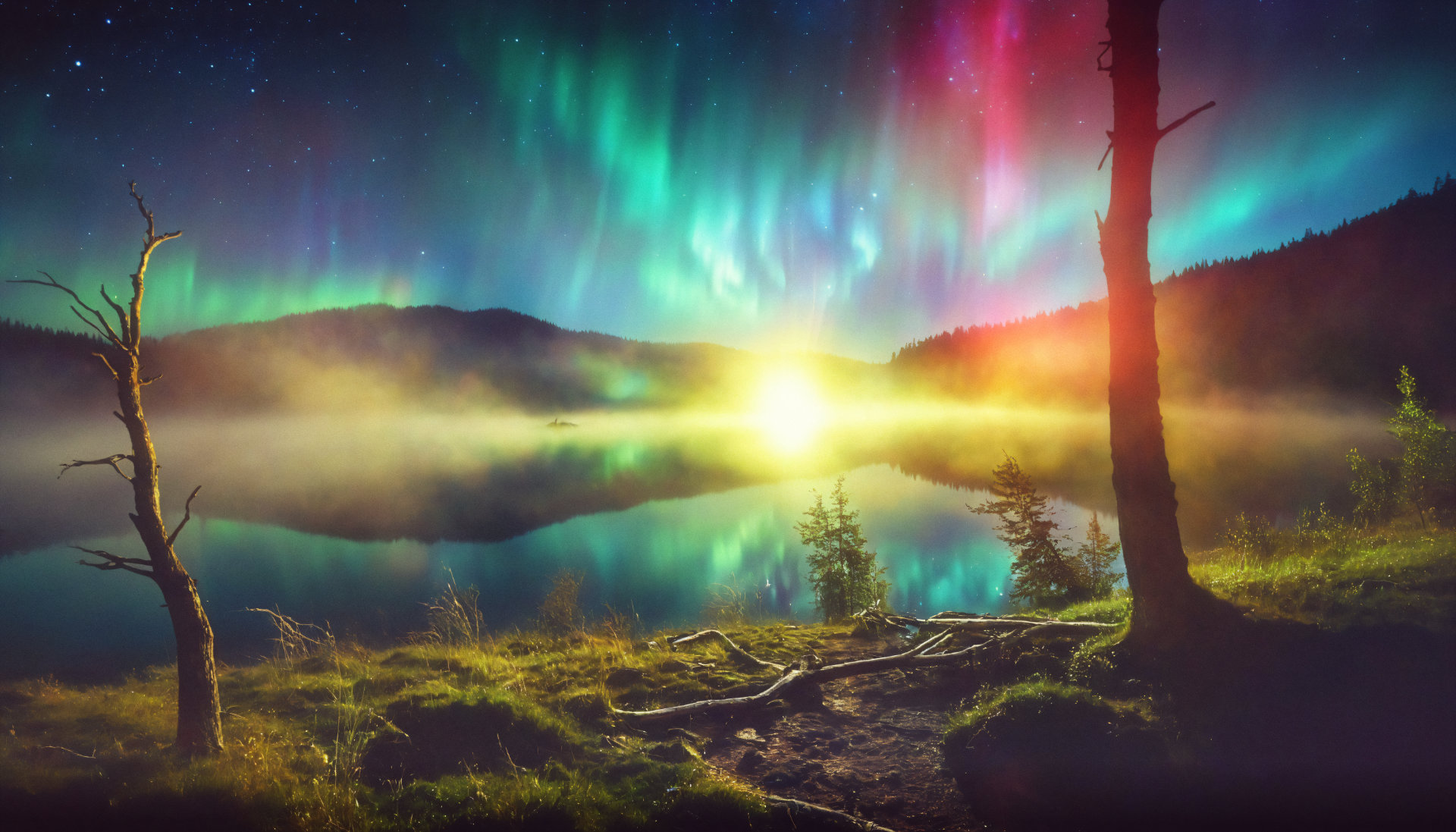
© Aleksander Gorkowienko 2025
Creative Tools Across Time: From Paintbrush and Chisel to Camera, Photoshop and AI
Photography itself is a compelling precedent for this discussion. In the early 20th century, photographers like Ansel Adams or Henri Cartier-Bresson were celebrated not merely for their technical mastery of film but for their ability to capture emotional truth through composition and timing. Today, almost everyone carries a smartphone capable of taking high-resolution photos. Yet the vast majority produce images that are fleeting snapshots rather than considered works of art.
The same logic applies to AI. While the technology is accessible, the artistry lies in how it is employed - in choosing datasets, training LLMs, designing prompts, and selecting which outputs resonate with a particular narrative or aesthetic. The democratisation of tools does not automatically equal the democratisation of art; instead, it expands the potential for creative expression.
Modern cinematography further illustrates this point. Films (and especially blockbusters) seamlessly blend hand-crafted sets with CGI to create immersive worlds that feel both tangible and fantastical. The audience is rarely aware of the digital scaffolding; what matters is the emotional journey crafted by the director, cinematographer, and visual effects team.
Examples That Sparked Conversations. An Art or not?
DeepDream: The Dream Within a Machine
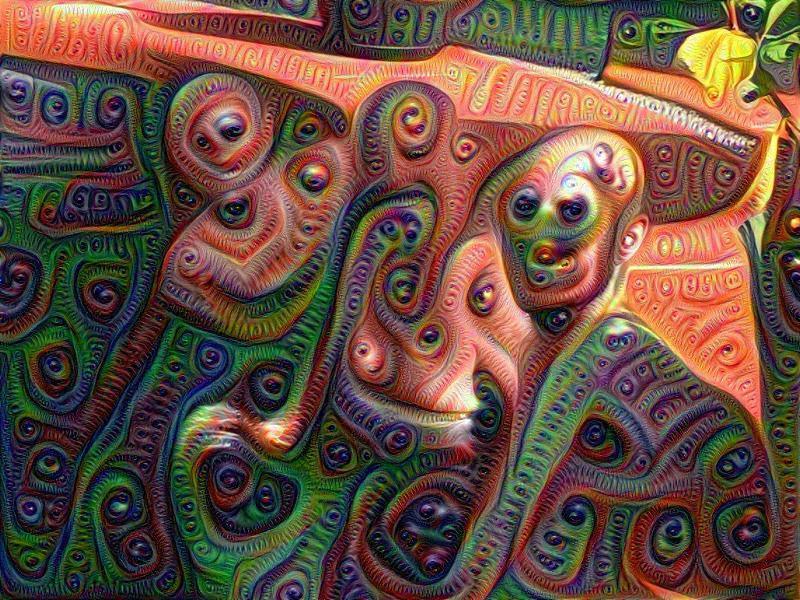
Image created with DeepDream (Source: Wikimedia Commons)
Google’s DeepDream was one of the first publicly visible AI art projects. By feeding an image into a convolutional neural network and then amplifying patterns that the model recognised as “interesting,” DeepDream produced hallucinogenic visuals - a blend of reality and algorithmic imagination. I vividly remember when it prompted long philosophical debates about whether these images were mere visual noise or a new form of artistic expression.
Refik Anadol’s Artificial Realities
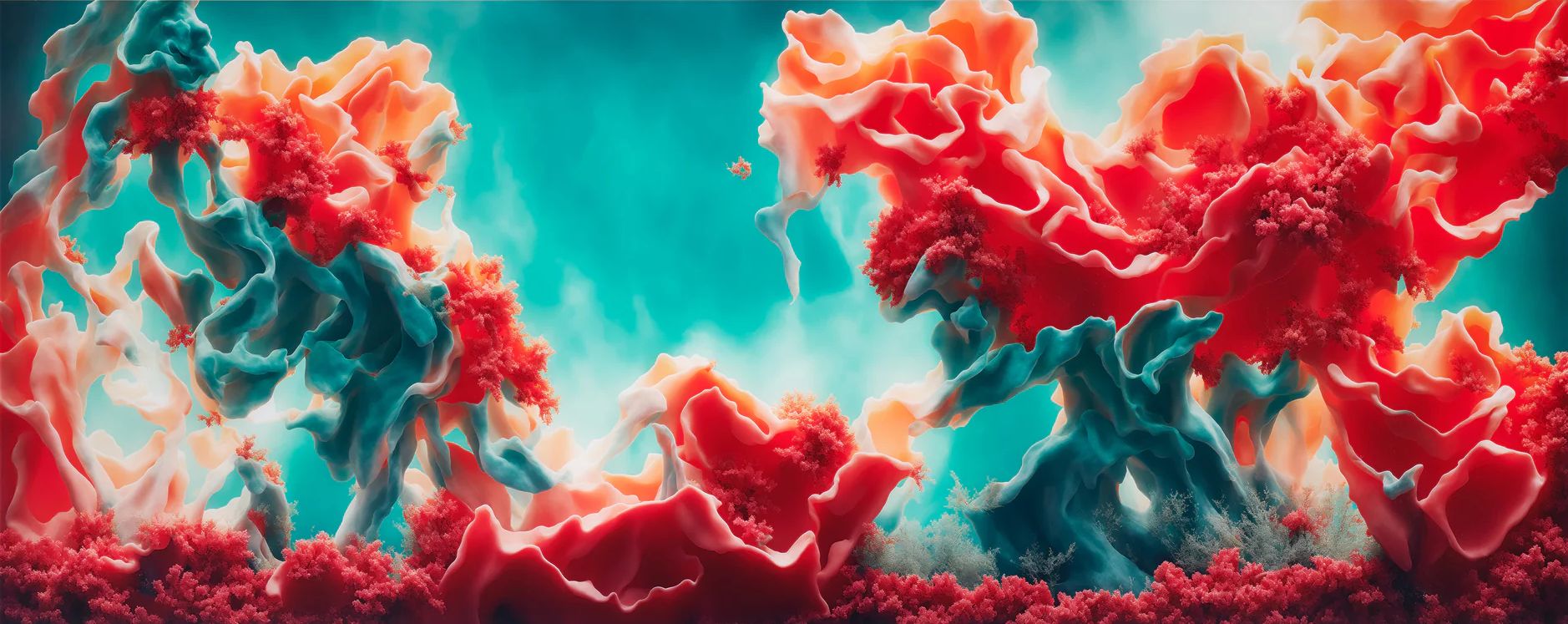
Refik Anadol: Artificial Realities Coral - A (shop.serpentinegalleries.org)
Anadol’s work with coral data sets showcases how AI can transform scientific information into aesthetic experiences. By mapping complex biological patterns onto spatial audio-visual installations, he tries to bridge the gap between art and environmental science, inviting viewers to confront ecological issues through amazing sensory immersion.
Sofia Crespo’s Neural Zoo
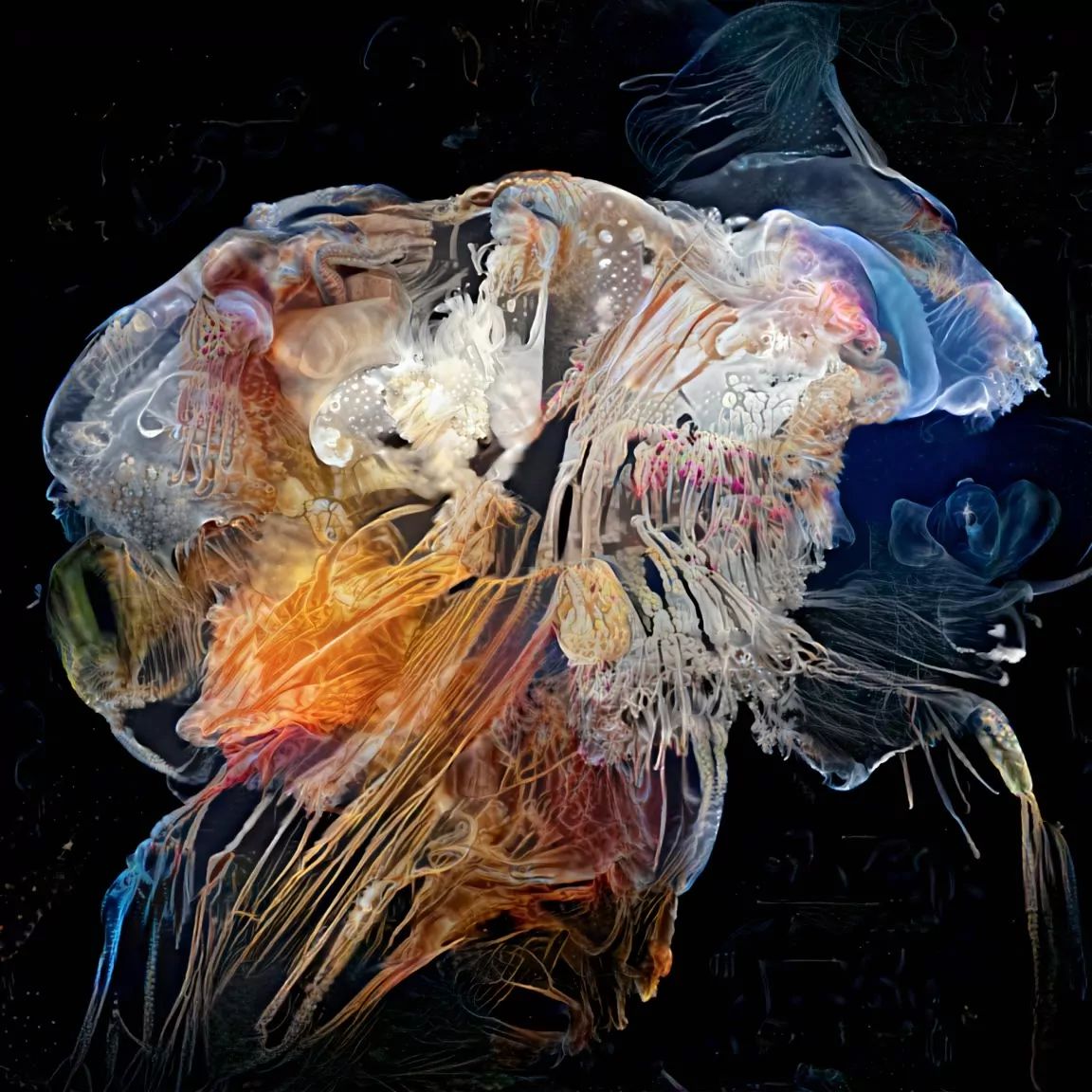
Courtesy of Sofia Crespo
Argentinian artist Sofia Crespo uses AI to create new (let me call them: “speculative”) life forms in her “Neural Zoo” project. She feeds images of real animals into generative models, then manipulates outputs to generate fantastical creatures that challenge our perceptions of nature and evolution.
The Future of Artists: Displacement or Collaboration?
There is legitimate concern that AI could displace traditional artists by automating tasks like colour grading, texture generation, or even composition. Yet history suggests that new tools rarely render professions obsolete; new tools transform them. As the “digital brush” becomes more sophisticated, artists may find themselves reallocating time from routine tasks to higher-level conceptual work - crafting narratives, curating datasets, and engaging audiences in dialogues about meaning.
Here comes one fundamental difference of AI-driven artistic process: unlike a traditional tool that merely follows commands, many modern AIs engage creators. They can ask clarifying questions, offer variations, or even propose unexpected directions based on the prompt. It’s something entirely new: a true dialogue between artists and their tool. Maybe I go too far, but to me it's almost like a conversation between an artist and his muse - only now the muse is code!
Imagine a future where a neural interface reads our visual cortex and translates thoughts directly into images. Would that still be art? The answer depends on how we define creativity. If the image is a faithful rendering of an internal vision, then perhaps the act is more akin to memory capture than artistic creation. However, if the interface introduces novel transformations - mixing styles, layering emotions - it could become a powerful medium for self-expression and creating something truly unique.
In either case, the artist is us: we decide what to imagine, how to interpret it, and why we share it.
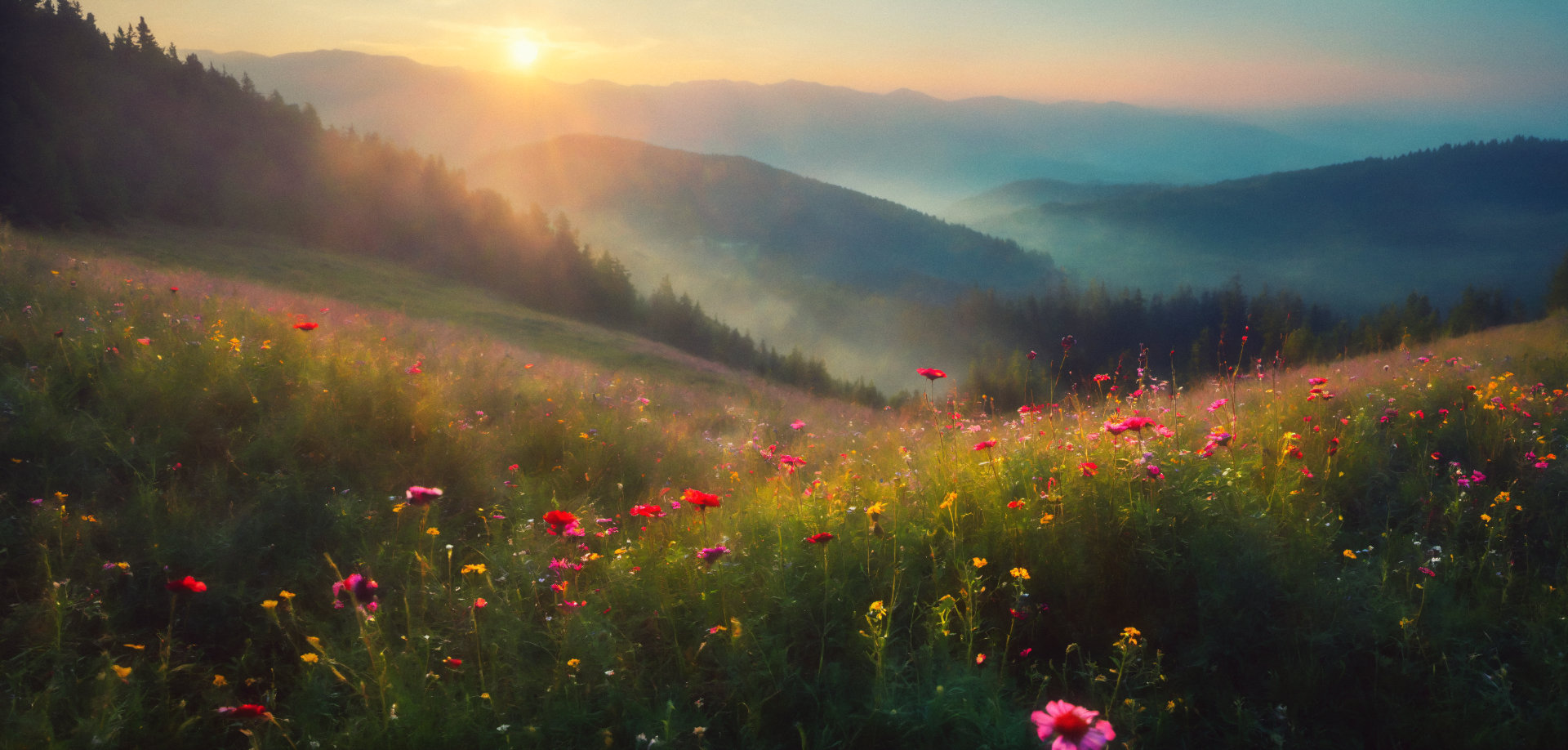
© Aleksander Gorkowienko 2025
The Beauty of Subjectivity
Ultimately, beauty is in the eye - and mind - of the beholder. A piece that moves one person may leave another untouched. This subjectivity remains whether the work of art was hand-painted or machine-generated. Each image created by AI we encounter today carries a lineage: from the data it was trained on through the prompt that shaped it, to the viewer’s own experiences.
The proliferation of AI art forces us to confront one more time a fundamental truth about creativity: It is not bound by tools but bounded by intention and interpretation.
AI-generated art is neither a threat nor a salvation; it is a new frontier in human expression. It expands our palette, invites collaboration across disciplines, and challenges long-held notions of authorship and authenticity. Rather than fearing displacement, we should view AI as an ally - an instrument that amplifies the human imagination.
So, what does this mean for you?
If you’re a writer, think about how prompts can help you generate visual narratives. If you’re a painter, consider training models on your own work to explore variations you might not have imagined! It might help you to express your feelings and ideas better! And if you’re simply an AI art enthusiast, remember that every click and scroll is part of a larger conversation about what art means in the 21st century.
…and what is your experience?
What’s your experience with AI-generated art? Have you tried creating a piece yourself? If you found this article thought-provoking, share it and spread the dialogue further. Together, we can shape the future of art - one prompt at a time.